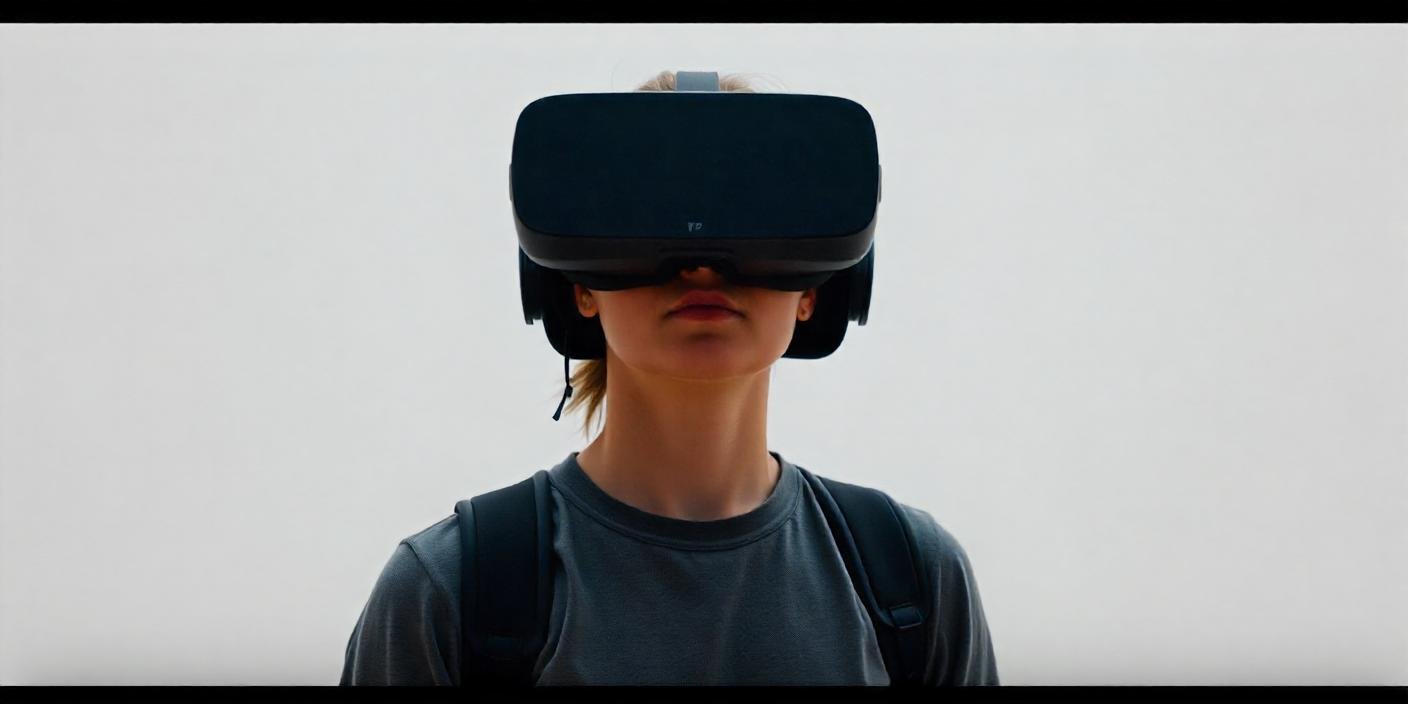VR and AR Filmmaking
Introduction
The emergence of immersive technologies like VR and AR marks a paradigm shift in visual storytelling, offering unprecedented opportunities to create immersive, interactive narratives that transcend traditional cinematic boundaries. These technologies have the potential to redefine how stories are told, experienced, and remembered by audiences worldwide.
Problem Statement
Despite the growing interest and investment in VR and AR technologies, their integration into mainstream filmmaking practices remains a complex endeavor. This research addresses the challenges and opportunities associated with leveraging immersive video technologies to enhance storytelling and audience engagement in the filmmaking industry.
Objective
The primary objective of this study is to explore the capabilities of VR and AR technologies in transforming filmmaking practices. It aims to assess their impact on narrative structure, visual aesthetics, production workflows, and audience interaction, thereby identifying strategies for optimizing their creative potential and commercial viability.
Significance
This research is significant as it sheds light on the disruptive potential of VR and AR technologies in reshaping the future of filmmaking. By examining current trends, technological advancements, and creative applications, this study aims to inform filmmakers, content creators, and industry stakeholders about the strategic implications of adopting immersive video technologies.
Literature Review
The literature review synthesizes existing research on VR and AR technologies in filmmaking, highlighting their evolution, theoretical frameworks, and empirical studies on their application in narrative storytelling and audience engagement. Key themes include immersive storytelling techniques, user experience design principles, technological constraints, and case studies of successful implementations across different genres and platforms. Identified gaps underscore the need for further exploration into narrative coherence, audience immersion dynamics, and the integration of interactive elements in immersive film experiences.
Methodology
This research employs a mixed-methods approach, combining qualitative and quantitative methodologies. Qualitative methods include interviews and focus groups with filmmakers, VR/AR developers, and industry experts to gather insights into their experiences, challenges, and perceptions regarding immersive technologies. Quantitative analysis involves content analysis of immersive films, user engagement metrics, and comparative studies to measure audience responses and technological performance. Data triangulation enhances the reliability and validity of findings, facilitating a comprehensive understanding of the transformative potential of VR and AR in filmmaking.
Results
The findings demonstrate that VR and AR technologies offer unique capabilities to enhance storytelling through immersive environments, spatial narratives, and interactive elements. Analysis reveals significant improvements in audience engagement metrics, emotional immersion, and narrative immersion compared to traditional cinematic experiences. Visual representations using charts, graphs, and comparative tables illustrate these findings, providing empirical evidence of the transformative impact of immersive video technologies on audience perceptions and filmmaker creativity.
Discussion
The discussion contextualizes research findings within the broader framework of cinematic innovation and audience interaction. It interprets results in relation to theoretical perspectives, discussing how immersive technologies redefine viewer agency, spatial storytelling conventions, and experiential narratives. Comparative analysis with traditional filmmaking techniques underscores evolving trends in visual aesthetics, production methodologies, and narrative structures, highlighting the potential for immersive technologies to democratize storytelling and empower diverse creative voices.
Challenges and Considerations
Implementing VR and AR technologies in filmmaking presents multifaceted challenges that require careful consideration. Key challenges include technological scalability, content production costs, hardware accessibility, and user experience optimization across diverse audience demographics. Ethical considerations encompass data privacy safeguards, content moderation policies, and inclusive design practices that prioritize accessibility and cultural sensitivity. Practical and methodological challenges involve ongoing research and development efforts to refine immersive storytelling techniques, mitigate motion sickness concerns, and standardize technical specifications for seamless integration into existing production pipelines.
Conclusion
In conclusion, this research underscores the transformative potential of VR and AR technologies in revolutionizing the art and industry of filmmaking. It consolidates findings to highlight how immersive video technologies enhance storytelling capabilities, redefine audience engagement paradigms, and empower filmmakers to create compelling narratives in unprecedented ways. By aligning technological innovation with creative vision and audience expectations, filmmakers can harness the full potential of immersive video to captivate global audiences and shape the future of cinematic storytelling.
Recommendations
Practical recommendations arising from this research include fostering interdisciplinary collaborations between filmmakers, technologists, and storytellers to pioneer new narrative techniques, investing in research-driven initiatives to advance immersive technology standards, and advocating for inclusive design practices that prioritize accessibility and cultural diversity in immersive film experiences. Future research should focus on longitudinal studies to monitor
technological advancements, audience adoption rates, and evolving storytelling conventions in immersive filmmaking.
References
1. Hajee, S. (2022, October 30). Are VR and AR the future of film? - Sierra Hajee – Medium. https://medium.com/@sierrahajee/are-vr-and-ar-the-future-of-film-bea10a6d7a28
2. Stebleva, J. (2024, May 22). VR in Filmmaking: Unlocking New Dimensions in Cinema - Filmustage Blog. Filmustage. https://filmustage.com/blog/the-potential-of-vr-in-filmmaking/
3. Li, M. (2021, July 27). The role of VR/AR technology in film industry. Pressbooks. https://uw.pressbooks.pub/cat2/chapter/12-the-merging-of-vr-ar-films-to-the-cinema-industry/

